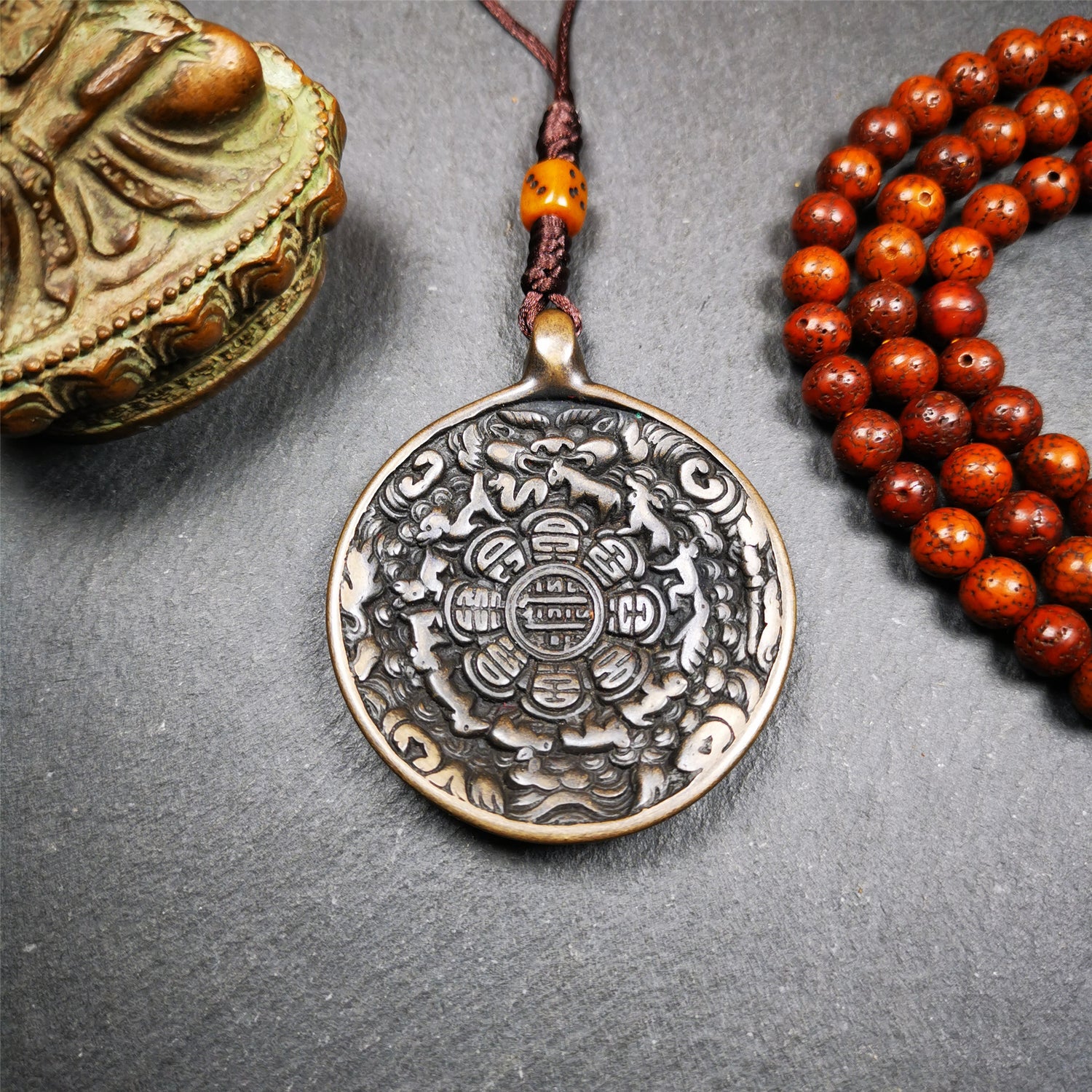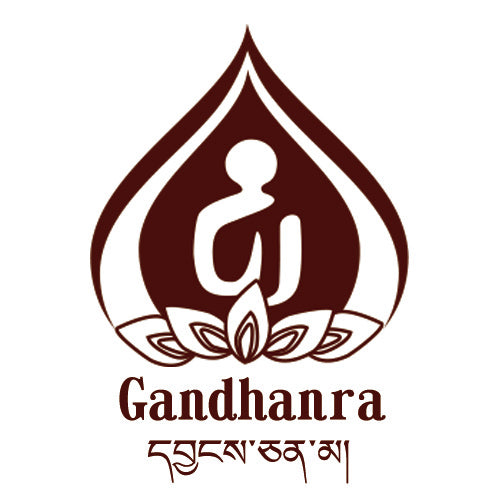1
/
of
9
Traditional Sakya Phags-Pa Tibetan Incense 25 Sticks Pack,For Buddha-worship,Purifying,Promote Energy, Healing, Relaxation and Meditation
Traditional Sakya Phags-Pa Tibetan Incense 25 Sticks Pack,For Buddha-worship,Purifying,Promote Energy, Healing, Relaxation and Meditation
⏱Vintage:
☞Handmade:
⚒Materials:
☲Size:
Regular price
$14.99 USD
Regular price
Sale price
$14.99 USD
Unit price
/
per
Couldn't load pickup availability
Sakya Pasjba (Phags-Pa)Tibetan Incense Sticks, a recipe from Drogon Chogyal Phagpa 700 years ago,
traditional hand rolled from natural materials---------Intangible cultural heritage,
---------SPECIFICATIONS---------
Name:Sakya Pasjba Tibetan Incense Sticks
Type: Bottled, approx 25 sticks a pack
Incense size: Approx. 25mm * 3.5mm
Net Weight:Approx. 53g total
Materials: Red and White Sandalwood, Saffron, Clove, Numbers of other precious ingredientsGang-zi Mani Nunnery Incense, Tibetan incense sticks~ For Buddha-worship, Purifying, Promote energy, Healing, Relaxation and Meditation
---------ABOUT SAKYAPA & SAKYA MONASTERY-------
The name Sakya ("pale earth") derives from the unique grey landscape of the Ponpori Hills in southern Tibet near Shigatse, where Sakya Monastery, the first monastery of this tradition, and the seat of the Sakya School was built by Khon Konchog Gyalpo (1034–1102) in 1073.
---------ABOUT SAKYA PASIBA TIBETAN INCENSE-------
Drogon Chogyal Phagpa(Chinese:PASJBA or Phags-Pa), one of the Five Sakya patriarchs, first Imperial Preceptor of the Yuan dynasty and vice-king of Tibet
Drogon Chogyal Phagpa(1235 – 15 December 1280), was the fifth leader of the Sakya school of Tibetan Buddhism. He was also the first Imperial Preceptor of Kublai Khan's Yuan dynasty, division of the Mongol Empire, and was concurrently named the director of the Bureau of Buddhist and Tibetan Affairs.Historical tradition remembers him as the first vice-ruler of Tibet under the Mongol Khagan as well as one of the Five Sakya patriarchs,he played a very important political role.
According to the "Biography of Drogon Chogyal Phagpa" (ancient Tibetan documents): In 1255, the fifth patriarch Manjusri, the incarnation of the Great Yuan Emperor, Pasiba His Holiness returned to Tibet and invited Nietangkanqin Zaba Sangge to receive the bhikkhu ordination from the Kham area. Complete the most solemn ceremony in the life of a Buddhist monk. At the same time, in order to get rid of the inner pollution, His Holiness Pasiba offered the Three Jewels and relieved the suffering of all living beings. Based on his years of experience in studying Tibetan incense culture, he personally appointed the secret recipe of Basiba Tibetan Incense.
Sakya Basba Tibetan Incense is made from a variety of pure natural and precious Tibetan incense materials in the snow-covered plateau and processed by ancient inheritance techniques. It has a history of more than 700 years after the spread of the Dharma King of Sakya, and it is an indispensable and important element in the history and culture of Sakya.
The main ingredients of "Sakya Basiba Tibetan Incense" are more than 40 kinds of natural and precious Tibetan herbs such as green, white, comfrey, artemisia, saffron, agarwood, etc. The production has added the incense music and doma of the Sakya Kings of the past dynasties. Special spices such as qu, nectar, etc., are carefully adjusted with the Sakya Divine Water, and are blessed by the grand rituals presided over by the Sakya monk.
---------ABOUT TIBETAN INCENSE-------
Tibetan incense is made in Tibet, Northern parts of Nepal, and Bhutan. Incense is an important representation of the Tibetan culture. These incenses have a characteristic "earthy" or herbal scent to them. Tibetan incenses can contain 30 or more ingredients. As with most Asian incense, Tibetan incense is not rolled around a bamboo stick, but is extruded into lengths or coils.
Medicine
In Tibetan medicine, incense is regarded as a way of treatment for various ailments. This information can be found in Tibetan medical books which originated from the four Tantras (Root Tantra, Tantra of Enlightenment, Tantra of Instructions, Concluding Tantra) which is also known as rGyudbzhi in Tibetan. It is the central work upon which contemporary Tibetan medicine is based. Tibetan medical theory states that everything in the universe is made up of the 5 proto-elements: sa (earth), chu (water), me (fire), rLung (wind or air), and Nam-mkha (space). But only four play a role in the classification of our illnesses, except Nam-mkha. Each element contains eight active forces and 17 qualities. Some of these elements are contained in our three bodily energies and their imbalance affects the equilibrium of the three 'fluids' (rLung, mkhrispa and badkan).
Production
Authentic Tibetan incense originates either from traditional monastery or medical college/hospital formulation, so Tibetan incense follows a particular lineage which can be traced back to the originator. which forms an important part of the unique Tibetan Culture.
View full details



















